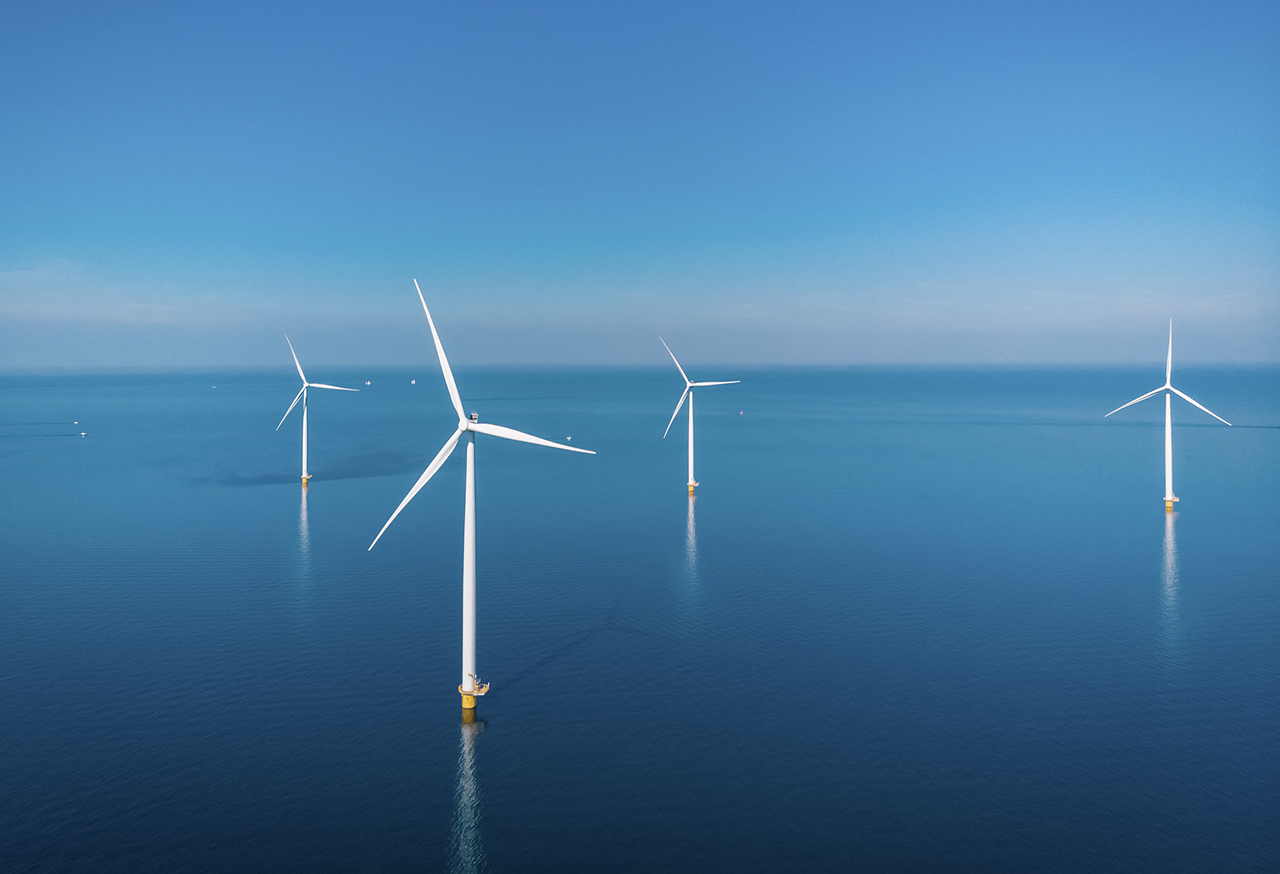Catalysing investment in energy innovation: Revenue forecasting for storage and generation assets
Energy transition Investment Energy consultancy Customer & market insight Due diligenceIn this blog (the fourth in the Catalysing Investment in Energy Innovation blog series) we set out our approach to analysing the business case for power market investments and highlight the key considerations for investors.
Read the series:

Decarbonising power systems will require vast amounts of capital.
The CCC (Climate Change Committee) in the UK, estimates suggest that well over £300bn of additional investment is needed in electricity generation alone to reach net zero by 2050. But those holding the purse strings on this capital face an unenviable task – deciding what they think the ‘energy transition’ will look like, positioning themselves to support it, deciding where best to place their capital and achieving their target return. Our modelling capability helps those investing capital in the transition and project developers to provide bankable, detailed and project-specific modelling of energy investments for over 20 years.
Delivering the energy transition – technologies need investment
Investment is needed in a range of technologies and solutions to deliver a net zero power system. The challenge with this is that each type of investment, even each project, requires bespoke analysis to assess the business case.
- Intermittent renewable technologies (wind and solar) require stochastic analysis of location specific generation patterns and need deep understanding of renewable support schemes, the dynamics of their auctions, and the wider political and regulatory landscape.
- Battery storage and other forms of flexibility clearly provides value to a high renewables power system, but the markets they participate in have been transformed in recent years. Any assessment of this business case should consider the underlying system transformations, future policy signals and the latest developments in available revenue streams.
- Network constraints means almost all assets are exposed to locational signals and the risks/opportunities they create, or through network charges and connection challenges. These risks and opportunities need to be considered in any investment analysis.
Investors in the energy transition – a critical role to play!
While governments have taken on the legal obligation to reach net zero, they are often not best placed to provide the capital for the required projects. Instead, they’re best placed to provide an environment in which private capital (with a higher appetite for risk and increased competition) can identify the best opportunities. However, there is an increasing range of factors which investors need to be on top off to achieve their target returns and manage their risk exposure which we discuss below.
Recent economic turmoil created by Covid-19 and the war in Ukraine has highlighted the sensitivity of power market returns to external conditions. The low demand associated with lockdowns which put pressure on system operation was soon followed by record high market prices driven by the skyrocketing price of gas. While short-term market uncertainties will come and go, the energy transition creates more structural, long-term uncertainties that remain.
The rate of renewable deployment and the technologies used to achieve those goals are driven primarily by policy decisions with more ambitious targets each year. If achieved, they will put downward pressure on market prices and drive the need for flexibility. Setting aside the risk that these targets may not be met, the shifting focus towards energy security and possible political changes could see these targets revised again.
The future development of the electricity networks has become a key assumption in the business case for many investments. Constraints on transmission are set to increase, which creates opportunities for flexible technologies to be remunerated for supporting the system operation. Delays to network reinforcements could increase the value of this flexibility, while faster deployment could strip away a key revenue stream.
Meanwhile, most assets are exposed to some cannibalisation, so investors must know how sensitive their returns are to competition. For example, renewables will increasingly face times of oversupply where they cannot sell their power, while battery assets are already seeing some oversupply in ancillary service markets and require more complex strategies to achieve a return.
Building a portfolio will be important for managing risks
No two investments in the energy transition are alike. The revenues of flexible assets like batteries increasingly depend on location and network constraints, which also influence the generation potential of wind and solar. Some assets stand to benefit from volatile commodity prices (such as storage), whilst others are protected from their effects (such as renewables with Contracts for Difference (CfD)). Speeding up renewable deployment may improve the business case for some assets such as electrolysers, while bringing forward the closure of others, such as unabated gas generators.
When evaluating an investment, it is important to capture these key risks through both scenario analysis and stochastic simulations to understand the interactions between different elements of a portfolio. This will help investors to identify natural hedges and to what degree they are needed to mitigate against these risks. Equally important is understanding how other risk reducing measures such as CfDs for renewables or floor contracts with battery optimisers might de-risk their cashflows, and the associated trade off they have with lower returns.
Evaluating these factors requires not just fundamentals-based modelling of the needs of the future GB power system and the role that different asset classes can play in decarbonisation, but also staying on top of the latest market, policy, and regulatory developments.
Key considerations for energy transition investors
Understanding the value of an investment in the energy transition requires an appreciation of the uniqueness of each asset, the primary risks that each asset faces, and the extent to which those risks are mitigated through creating a diversified portfolio.
We help investors evaluate different investment portfolios and understand the potential returns and associated risks.




